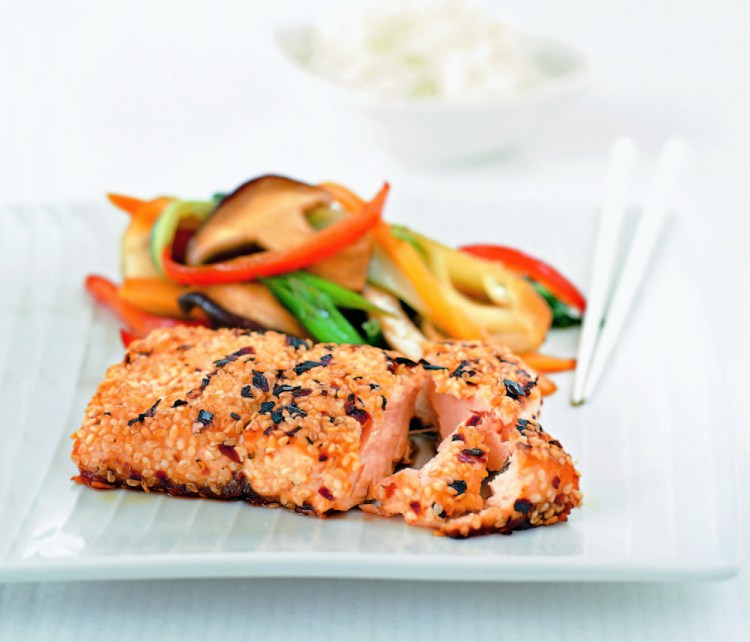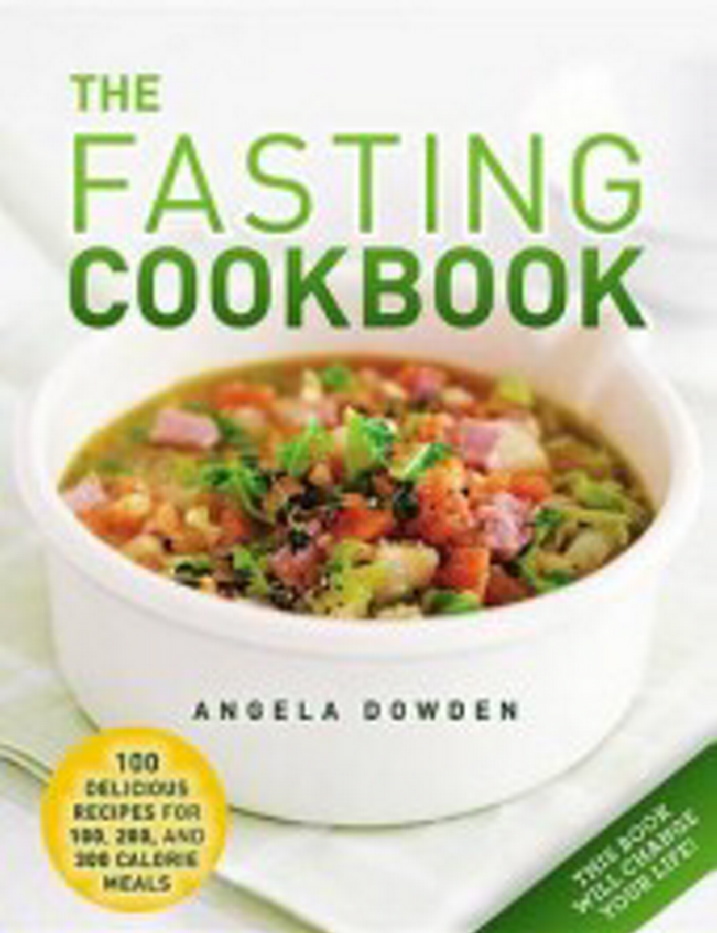With the holidays over, it’s time for fasting for many Americans or, better yet, fasting with an asterisk. As in 5.2 fasting, which means five days of normal – albeit sensible – eating and two low-calorie days in the course of a week, according to British nutritionist Angela Dowden. And those low-cal days need not mean water and saltines but instead well-balanced and tasty meals that really amount to sensible dieting.
Dowden is the author of “The Fasting Cookbook,” which just might give dieting a good name. For her kind of fasting, you’re instructed to focus not on what you must do without but rather on what you can still enjoy – and in ample quantities that might make you forget you’re “fasting” in the first place. Until, presumably, the pounds drop and the waistline regresses – although having just started her regimen myself, it’s much too early for me to vouch for the results.
This diet is not for everyone. Prepping for a marathon? Pregnant? Diabetic? Answer yes to any of these, or a few others, and check with your doctor before embarking on her plan. But for most of us, “You can lose weight, improve your health and feel great fasting for just two days a week and eating normally the rest of the time,” she writes.
For this diet to work for me may necessitate changes in my everyday eating, which is, I confess, too doughnut- and beer-intensive. But as far as the other two days are concerned, the options are inviting, and include poultry, seafood and even red meat, though in modest portions with generous servings of vegetables that will keep most plates in the 300-calorie range, give or take a couple dozen. Olive oil and spices are common denominators in many of the recipes.
As a middle-aged man prone to high cholesterol – darn those doughnuts – fish is one of my healthier staples, and Dowden’s 324-calorie recipe for sesame-crusted salmon made for a pleasant New Year’s Day dinner and even left a lady friend thinking my kitchen skills weren’t so rudimentary. Though Dowden recommends 3.5 ounces of salmon per serving, I cheated by a couple ounces, allowing myself more since I’d run earlier that day and even participated in the Old Orchard Beach Lobster Dip into the sea.
The lightly stir-fried vegetables – carrot, red bell pepper, shiitake mushrooms, bok choy, scallions – were spiced with sesame seeds, red pepper flakes and soy sauce and made unnecessary rice or a salad with its potential for high-cal dressings. The meal was fulfilling, refreshing and good for the digestive system – altogether a fine reward for my dip in the ocean. And though I’ve yet to sample a dessert, Dowden offers plenty fruit-rich treats in the 100-calorie range. Even chocolate isn’t off limits.
In all, “The Fasting Cookbook” offers 100 diverse recipes in the 100-, 200- and 300-calorie range, and if the sesame-crusted salmon is any indication of the rest of the fare, I may consider fasting more often. After all, this is not fasting as in the 40-day, 40-night biblical manner. Then again, it’s to redeem your body, not your soul.
SESAME-CRUSTED SALMON
Serves 2
2 tablespoons sesame seeds
1/2 teaspoon red pepper flakes
2 (3.5 ounce) salmon fillets
1 teaspoon olive oil
1 carrot, cut into matchsticks
1 red bell pepper, cored, seeded and thinly sliced
3.5 ounces shiitake mushrooms, halved
1 bok choy, quartered lengthwise
2 scallions, shredded
1-1/2 teaspoons soy sauce
Mix the sesame seeds and red pepper flakes together on a plate, then press the salmon fillets into the mix to coat.
Heat half the oil in a skillet or wok, add the fillets and cook over medium heat for 3 to 4 minutes per side, until cooked through. Remove from the skillet and keep warm.
Heat the remaining oil in the skillet or wok, add the vegetables and stir-fry for 3 to 4 minutes until just cooked. Drizzle the soy sauce over the vegetables, then serve with the salmon.
Send questions/comments to the editors.



